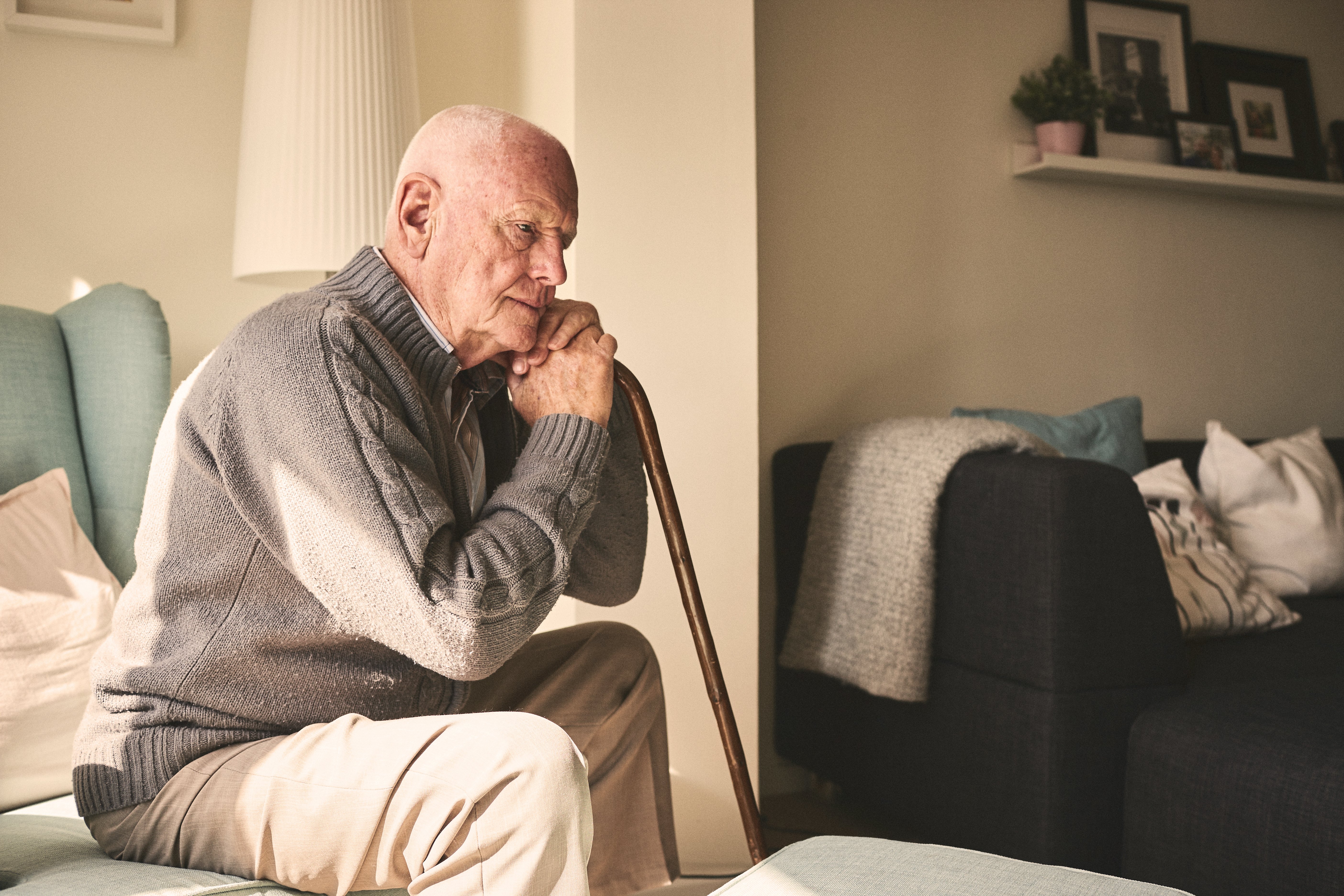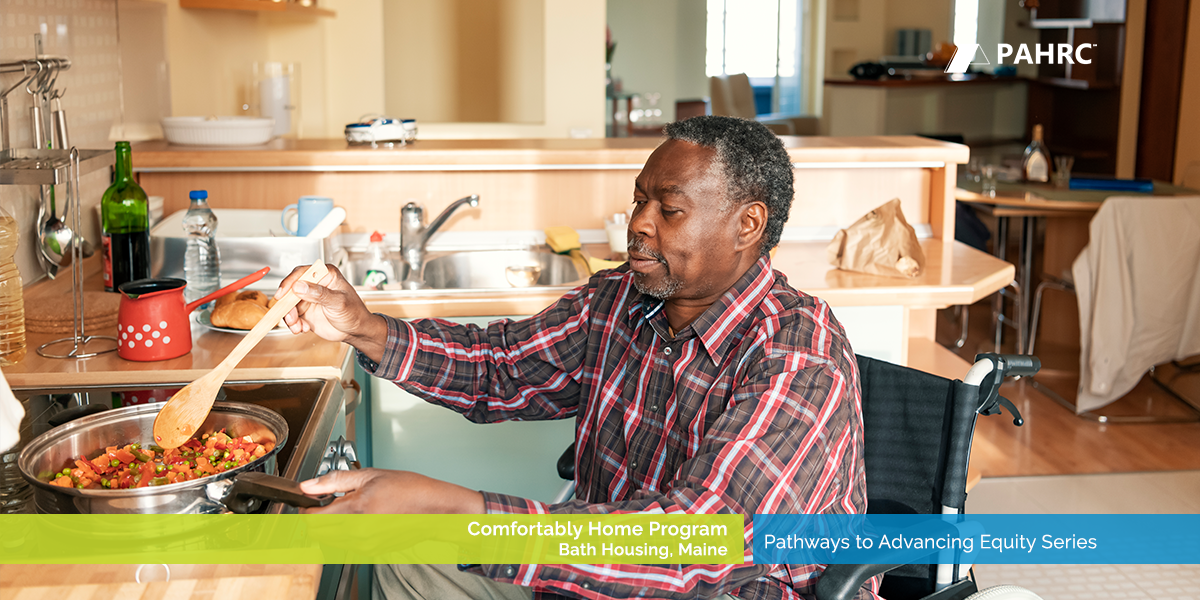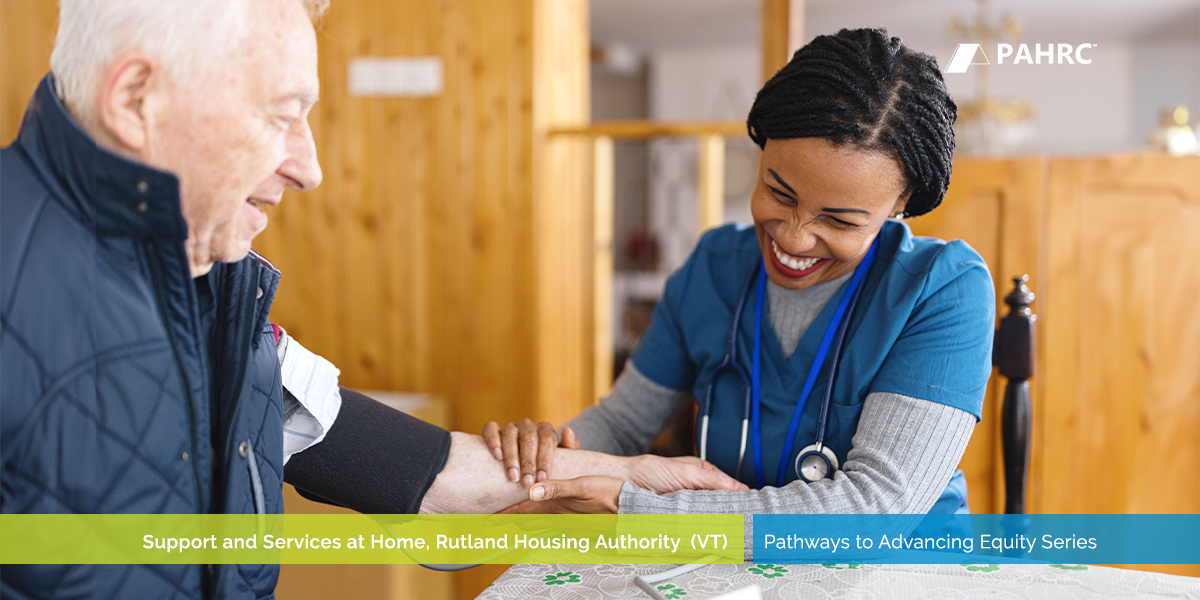Elder abuse is a distressing and often hidden issue that can have devastating effects on older residents in public and affordable housing communities, especially those who are vulnerable due to age or disability. Understanding the signs and taking proactive steps to prevent abuse is crucial for housing professionals who work in buildings with elderly residents.
Elder abuse—defined as any form of intentional harm or negligence inflicted on persons aged 60 and older—poses serious physical, emotional, and financial risks. According to the National Council on Aging (NCOA), one in 10 Americans aged 60 and older experienced some form of elder abuse before the COVID-19 pandemic. During the pandemic, one in five older adults reported elder abuse.
As of 2024, approximately one in six people aged 60 years and older experience some form of abuse in community settings, according to the World Health Organization.
Abusers are both men and women, with almost 47% of incidents resulting in family members being the perpetrator. Medical non-family caregivers were the abusers in almost 13% of cases, according to the NCOA.
This article aims to shed light on elder abuse by discussing its various forms, risk factors, and strategies for prevention and intervention.
Types of elder abuse
According to the National Center on Elder Abuse (NCEA), there are five primary forms of elder abuse:
- Physical
- Psychological or emotional
- Sexual
- Financial
- Neglect
In addition, older adults may also suffer from self-neglect or abandonment.
Physical abuse
As defined by the NCEA, physical abuse is the “intentional or reckless use of physical harm or physical coercion that may result in bodily injury, physical pain, or impairment.”
Physical abuse can manifest in various ways, including unexplained injuries, such as bruises, burns, or fractures. Occurrences such as frequent falls, pressure marks, or restraining marks on wrists and ankles are red flags and warrant an inspection. Sudden changes in an older adult’s physical appearance or hygiene, as well as signs of malnutrition, dehydration, or weight loss, are also indicators of possible physical abuse.
Psychological and emotional abuse
Elder abuse has significant emotional and behavioral implications. Watch for signs such as:
- Withdrawal
- Anxiety
- Depression
- Agitation
- Unexplained changes in mood or behavior
- Lack of interest in activities
Verbal abuse or threats from caregivers or family members may also contribute to emotional distress and form the basis for elder abuse. Emotional or psychological abuse can lead to emotional pain and distress and result in feelings of isolation.
Financial abuse
The financial exploitation of seniors can drain their resources, leaving them impoverished and dependent on public assistance. Financial abuse is increasingly common; however, its signs are not always apparent. Typically, financial abuse results in the unauthorized use of an older person’s funds, property, or assets through the exploitation of trust or through the use of deception, intimidation, or coercion, resulting in financial hardship.
The NCOA reports that the annual losses of financial abuse victims who are older adults total over $28 billion. Financial abuse can manifest itself through:
- Unusual banking activities
- Sudden changes in financial management
- Unauthorized withdrawals or transfer of assets without consent
Neglect and self-neglect
Neglect is a form of abuse that involves the caregiver’s failure to provide necessary care, resulting in harm or risk to older adults. Older adults who are reliant upon others and neglected may experience abandonment, causing unsanitary living conditions and trauma. Unfortunately, abandonment will become more prevalent as the population continues to age.
Signs of neglect include:
- Poor personal hygiene
- Untreated health conditions
- Inadequate living conditions
- Lack of appropriate clothing or nutrition
- Insufficient access to medication or medical care
Older individuals may suffer from self-neglect when they cannot care for themselves properly, such as:
- Being unable to obtain food, water, clothing, shelter, medical or mental health care, practice personal hygiene, or manage finances
- Making conscious and voluntary decisions to engage in activities that threaten their health or safety
Sexual abuse
Sexual abuse is an often-underreported form of elder abuse, defined as non-consensual sexual contact of any kind with an older adult. Warning signs may include:
- Unexplained infections
- Bruises or injuries in the breast or genital areas
- Difficulty walking or sitting
- Emotional withdrawal
- Displaying fear or anxiety around specific individuals
Addressing elder abuse
Society must address several factors to combat elder abuse: ageism and cultural factors, dependency and vulnerability, and social isolation.
Combating ageism can negate societal attitudes toward aging or different cultural beliefs that perpetuate the undervaluing or marginalization of older adults.
The extent to which an older adult is functionally dependent on others for care can increase the risk of abuse.
Individuals with poor physical health, disabilities, or cognitive impairment are often preyed upon as individuals take advantage of their vulnerability.
Social isolation is another factor, as older adults who lack social connections or support networks are more susceptible to abuse. Less oversight or a lack of means to report abuse contributes to social isolation.
A multi-faceted approach is necessary to address elder abuse effectively:
Preventing and addressing elder abuse in housing communities
Public and affordable housing professionals are in a unique position to help prevent and address elder abuse. They often have regular contact with elderly residents and can be the first to notice signs of abuse. Here are some steps housing providers can take:
- Raise Awareness: Training staff and residents about the signs of elder abuse can help identify issues early and ensure proper reporting.
- Encourage Reporting: Housing professionals should work with local authorities to ensure that any suspicion of abuse is promptly reported. Clear policies should be in place to guide staff in handling suspected abuse cases.
- Support Caregivers: Caregivers can experience stress and burnout, which may contribute to neglect or abuse. Offering resources, support groups, and respite services can help reduce these risks.
- Foster Social Connections: Social isolation is a significant risk factor for abuse. Housing professionals can organize community activities and encourage regular check-ins with elderly residents to reduce feelings of isolation.
- Empower Residents: Encourage financial literacy and self-advocacy among older residents. Programs that promote independence can help reduce the risk of financial exploitation or neglect.
Bottom line
Elder abuse is a serious issue in housing communities serving elderly residents, but with the right awareness and interventions, it can be addressed. Housing professionals can play a key role in identifying abuse, supporting vulnerable residents, and ensuring that their communities are safe, healthy environments for older adults. By taking a proactive approach, we can help protect our seniors and preserve their dignity.
Have questions or concerns about elder abuse in your community? Contact your risk control consultant today.
Additional resources:
- National Elder Fraud Hotline
- National Domestic Violence Hotline
- Elder Abuse Prevention
- The Fair Housing Act: Housing For Older Persons
- CDC: Abuse of Older Persons
This article is for general information only. HAI Group makes no representation or warranty about the accuracy or applicability of this information for any particular use or circumstance. Your use of this information is at your own discretion and risk. HAI Group and any author or contributor identified herein assume no responsibility for your use of this information. You should consult with your attorney or subject matter advisor before adopting any risk management strategy or policy.







